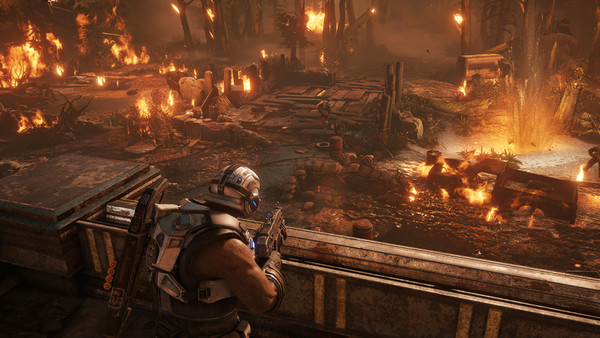10 Outdated Video Game Design Tropes That Must Die
10. Forced Walking Sections

Because developers realised they couldn't really get away with unskippable cutscenes acting as disguised loading screens anymore, over the last decade-or-so there's been a steady increase in the amount of forced walking sequences in narrative-driven video games.
These sequences will typically serve as a break in the action, as the player is forced to slow-walk while talking to another character and being spoonfed plot exposition.
Some especially egregious examples include Gears of War, The Last of Us, Red Dead Redemption II and, most recently, Anthem, which only allowed players to move around their home hub of Fort Tarsis at an agonising snail's pace, presumably in order to pad out the game's miniscule amount of launch content.
And even if developers aren't doing it to hide loading screens or elongate the experience, it demonstrates a pure lack of confidence in the game's ability to captivate the player, or that players will actually want to listen to the story.
Slowing the player to a crawl and forcing a drawn-out spiel on them is never good design, and honestly, you're better off just giving players a cutscene instead, so they can at least put the controller down for a few minutes.
Instead, in the misguided quest for gameplay that's more "immersive" and "cinematic", we have these painfully distended asides that force the player along a rigid, mostly fixed track.